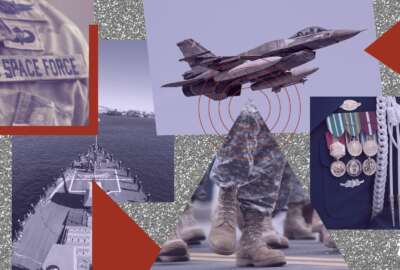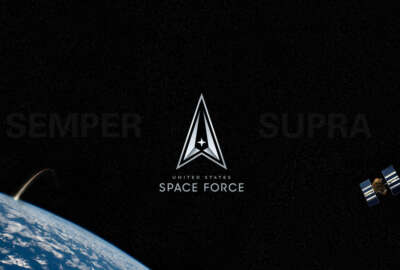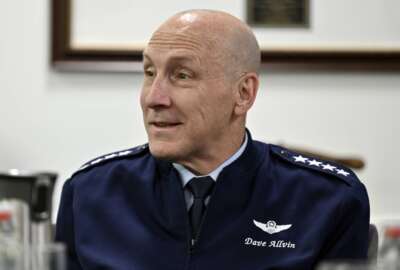Space Future Commands will be operational ‘within a year’
A new task force will get the Space Futures Command to its initial operating capability "if not by the end of this year, then within a year."
Introduced earlier this year as part of a major structural overhaul, the Space Futures Command, which will play a crucial role in shaping the future of military space operations, is still nearly a year away.
The new command will bring together three centers — the Space Warfighting Analysis Center, the Concepts and Technologies Center and a new Wargaming Center — to forecast the future operating environment, define the service’s operational concepts and ultimately “document the objective force” needed for future success.
While the basic vision for the command is still the same as senior leaders announced in February, the Space Force stood up a team to “stitch together pockets of excellence across our service into something new, something better” and get it to the initial operating capability, said Chief of Space Operations Gen. B. Chance Saltzman.
“While all that sounds well and good, standing up a new field command is no small task, but we made significant progress since February. We’ve identified a team…and they’re going to make it happen if not by the end of this year, I guarantee you within a year,” Saltzman said Tuesday during AFA’s Air, Space & Cyber Conference.
“And we’re not going to stop there. What we’re talking about here is nothing less than re-baselining the way we identify, mature and develop concepts that will shape the service for years to come. This is critical because there are so many things that we need to get right. How do we take in new ideas? How do we test them? How do we align them with the art of the possible, then resource them according to the science of the practical?”
Named “Task Force Futures,” the team conducted a tabletop exercise last month to start answering those questions about the structure and function of the new command. Saltzman said lessons learned during the exercise will be incorporated into the foundation of the new command, ensuring that force design—the strategic organization of resources, personnel and technology— is at the core of every aspect of the future Space Force.
“We have wonderful partners who are committed to helping us move forward. I can tell you that we’re working with a number of universities and educational institutions to ensure we have access to the best and brightest, just like we did with Johns Hopkins in the development of our leadership education. We intend to leverage everything that academia has to offer,” said Saltzman.
Meanwhile, the Air Force introduced a provisional version of the Integrated Capabilities Command, which will help the service centralize the planning process for the service’s future requirements and capabilities — the Space Futures Command will fulfill a similar role to the ICC for the Space Force.
As the command continues to take shape, it’s equally crucial to incorporate allies and partners into the force design process from the start.
In June, the Space Force welcomed the first foreign officer to join the service’s leadership. Air Marshal Paul Godfrey has since served as the strategic advisor to Saltzman on all things space superiority and resiliency through international partnerships.
“I wanted to embed a foreign officer at the very highest levels of our service. I want our force design, that process to account for everything our partners are bringing to the table. I want to make certain we were taking full advantage of one of our greatest strengths by ensuring that Space Force is integrated by design with our allies, from the generation of concepts all the way through to execution,” said Saltzman.
Copyright © 2025 Federal News Network. All rights reserved. This website is not intended for users located within the European Economic Area.






